Allison Leacu MA Interior Architecture 2025
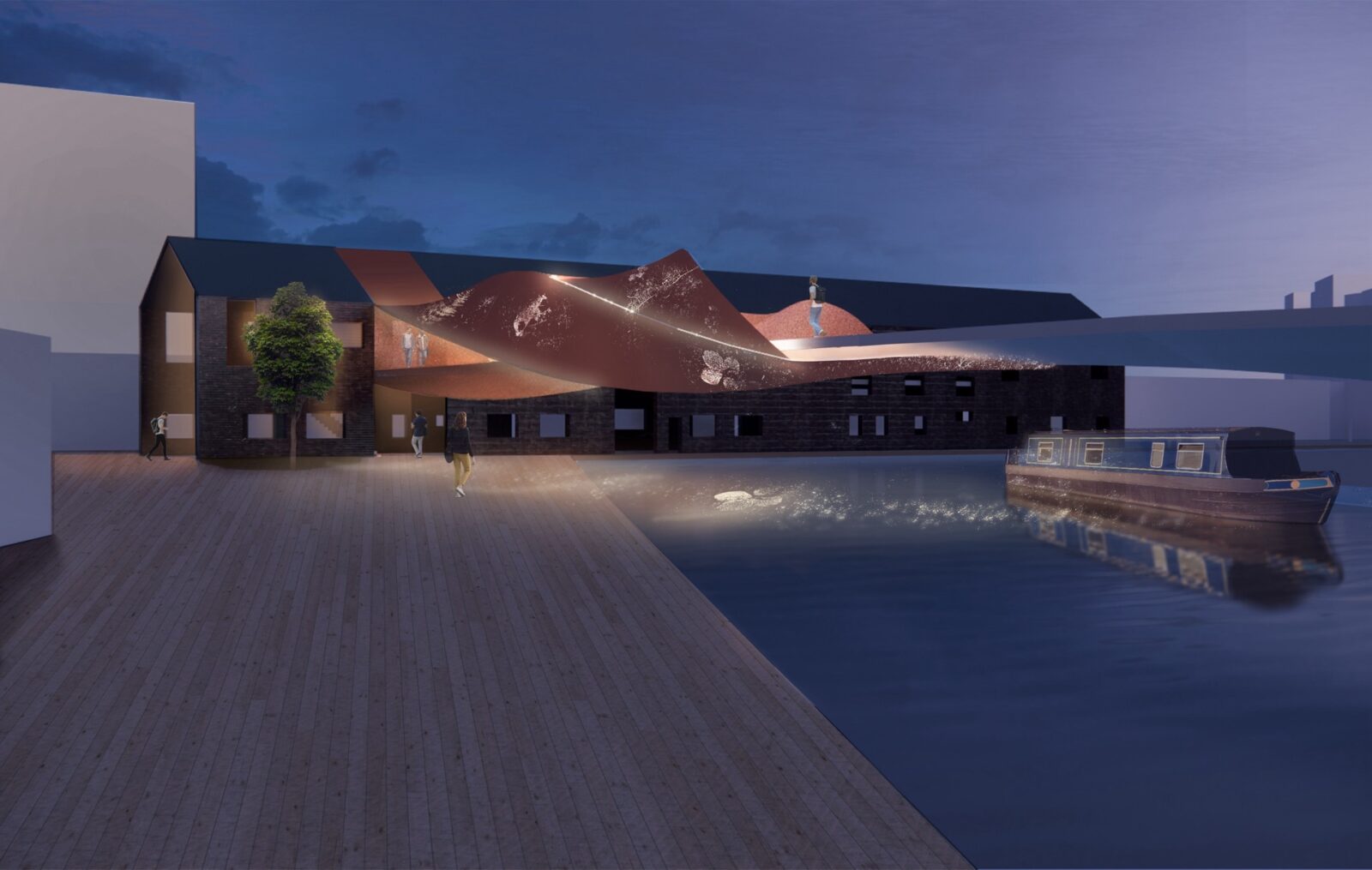
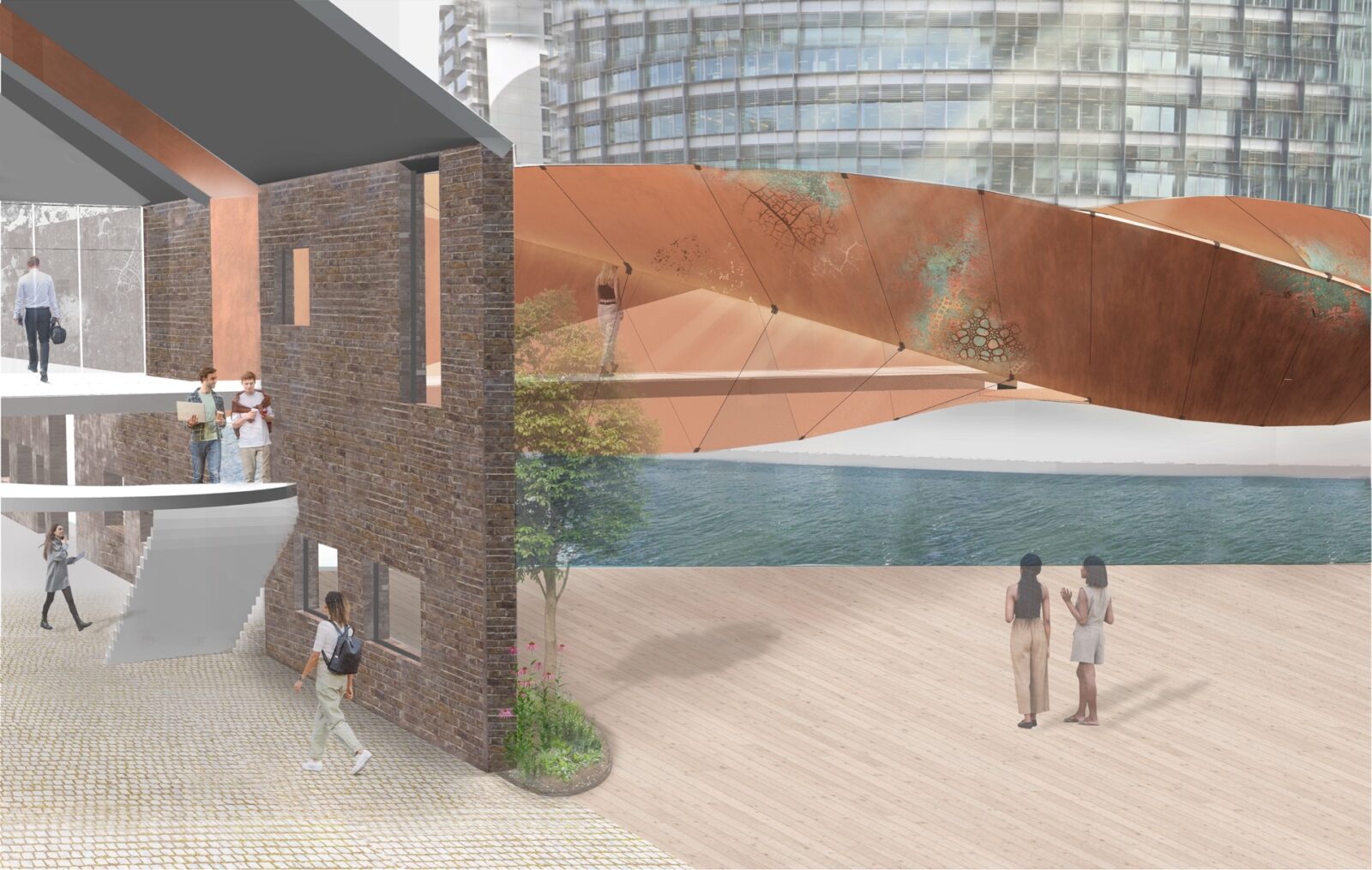
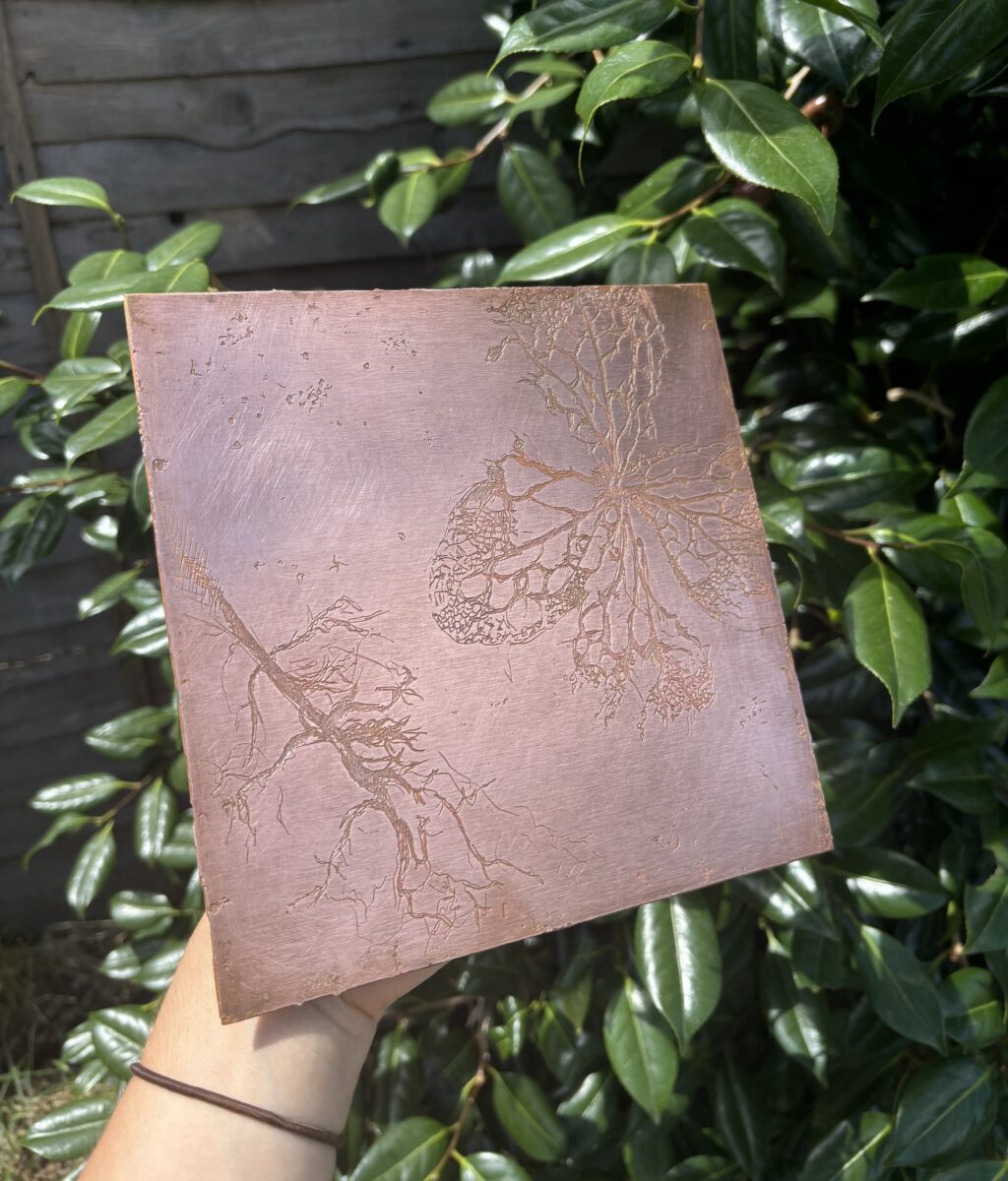

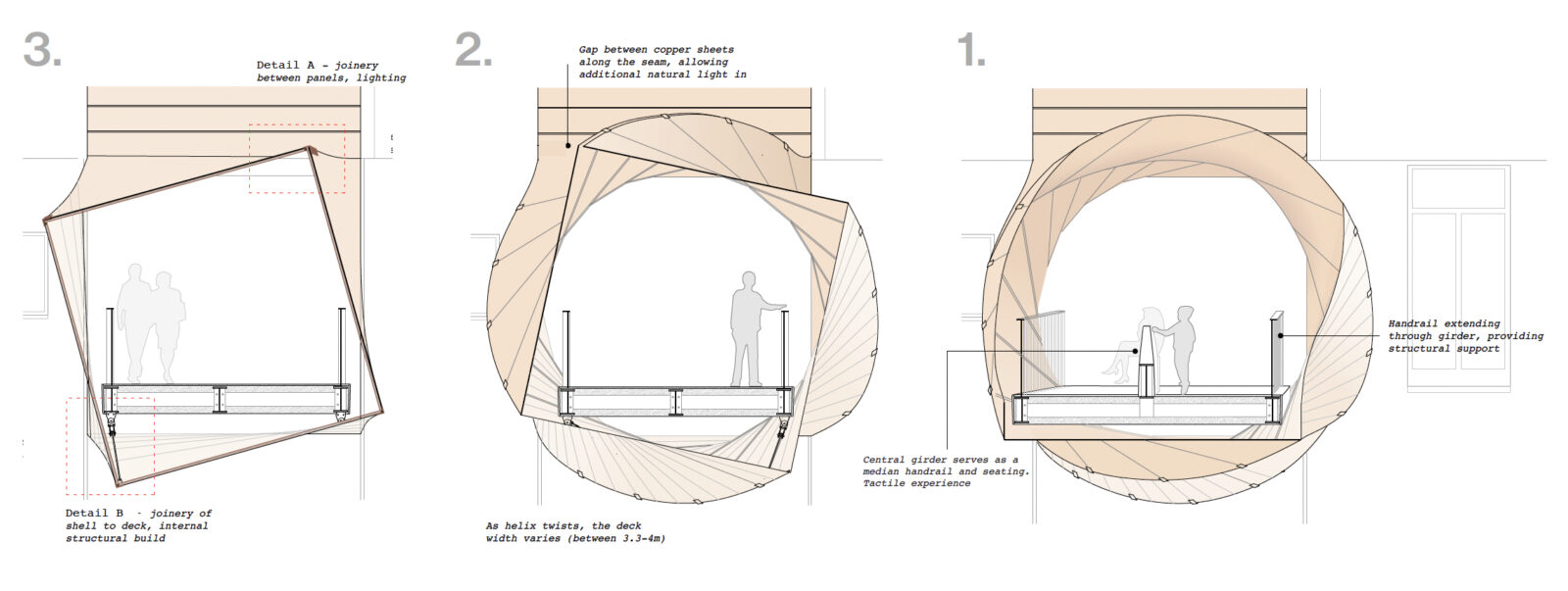
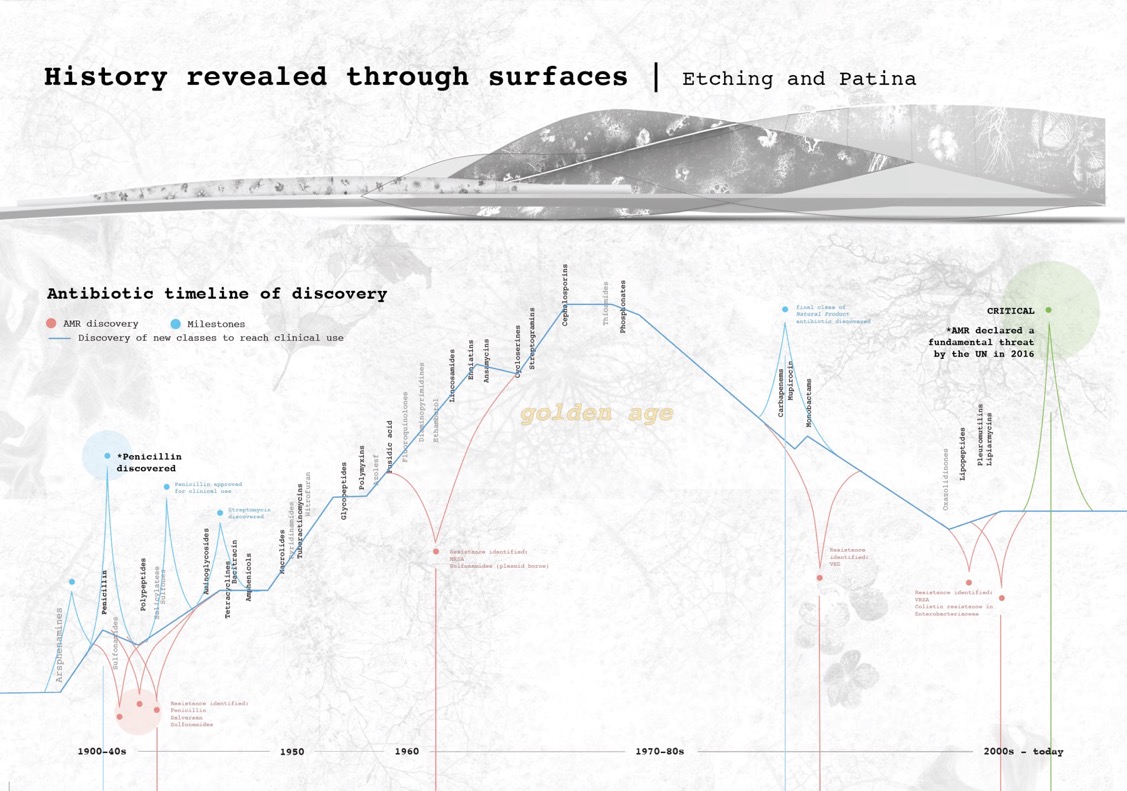
Bridging the Void: Connecting the urban community and global science research
This thesis responds to the Fleming Centre at Paddington Basin, a site soon to be transformed into a research centre dedicated to tackling Anti-Microbial Resistance (AMR). With the aim of making cutting-edge science open and accessible to all, the project takes the form of a bridge: spanning the Regent’s canal and seamlessly entering the Victorian-era building of the Fleming Centre. Symbolically and physically, it bridges the gap in public understanding of AMR, bringing awareness to this urgent global issue.
Grounded in research, the project operates across a range of scales from the macro to micro: from the urban realm and the interior, down to 1:1 material and craftsmanship studies. The spatial proposition is informed by in-depth site analysis in response to the site’s complex urban conditions particularly the movement patterns between Paddington Station and the public spaces around the basin.
The bridge features a sleek, slimline deck that reflects the innovative science research within the building. As public engagement is a key element to the Fleming Centres’ ethos, the bridge will serve as a gateway to the centre, introducing the subject of AMR through an immersive experience. Trapped in a copper envelope – chosen for its natural antimicrobial properties – the structure serves as a shelter, inviting tactile exploration. Through patina, etching and perforations, it tells the story of antibiotics: their discovery, evolution and the prospects for future discoveries.
At this point of urgency and opportunity, this thesis questions how can design mark the next chapter of medical history.
